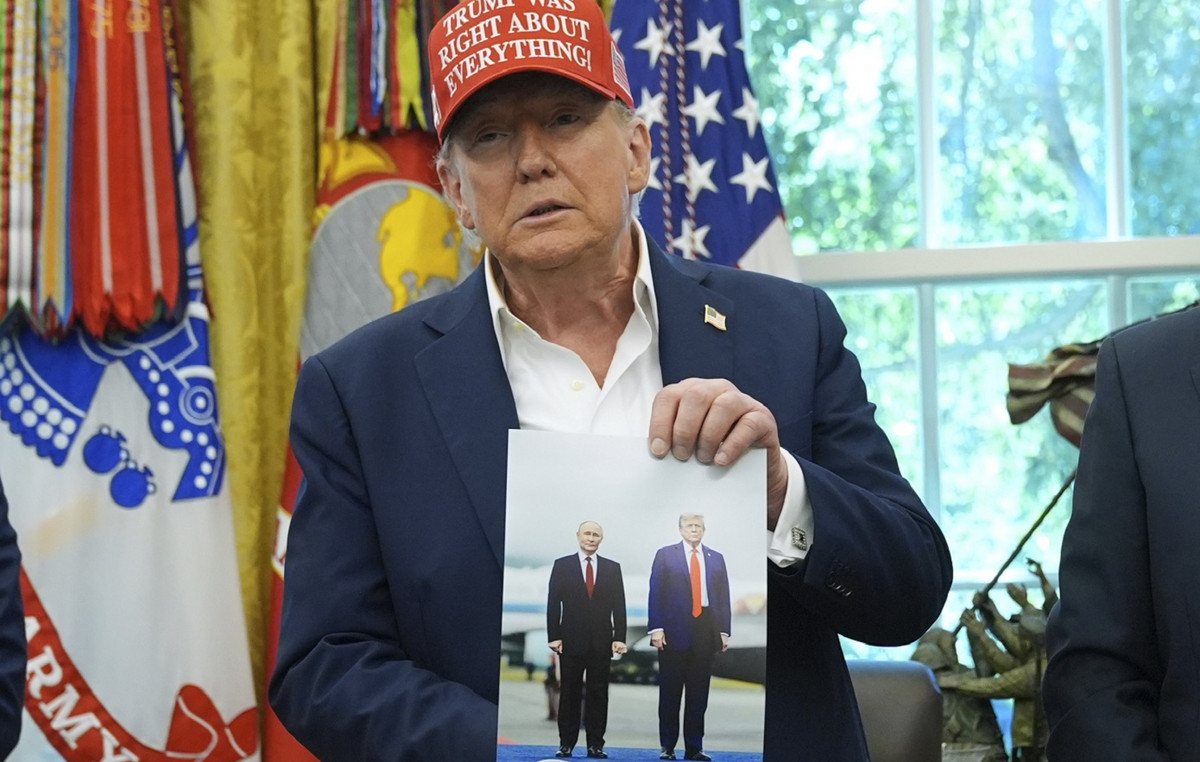Ukraine’s military is expending Soviet-era ammunition that fits older systems, as the country asks the West to send more heavy weaponry and Russia builds up a significant artillery advantage around two strategically important cities in eastern Ukraine.
Western military and intelligence officials believe the war is at a critical stage that could determine the long-term outcome of the conflict, according to various sources from US and other Western intelligence services.
This pivotal moment could also force a difficult decision for Western governments, which have so far offered support to Ukraine at an ever-increasing cost to their own economies and national weapons stockpiles.
US Defense Secretary Lloyd Austin is expected to lead a working group of nearly 50 countries to discuss the crisis on Wednesday, when the US is expected to announce new shipments of weapons and equipment to Ukraine.
Ukrainian officials have expressed frustration that these vital munitions appear to be trickling into the fight – and have raised fears that Western commitment may be waning at a turning point.
“I think we are about to get to the point where one side or the other will succeed,” said a senior NATO official. “Either the Russians will reach Slovyansk and Kramatorsk or the Ukrainians will stop them here. And if Ukraine’s military manages to maintain its front line in this location, in the face of this number of forces, that will be important.”
Three possible outcomes
Western officials are closely watching three possible scenarios they believe could play out:
- Russia may continue to make incremental gains in two key eastern provinces
- Ukraine’s battle lines could harden into a stalemate that could drag on for months or years, leading to tremendous casualties on both sides and a sluggish crisis that will continue to cripple the global economy.
- Russia can redefine its war goals, announce victory and try to engineer an end to combat.
For now, this last scenario appears to be the least likely, little more than an illusion, sources say.
If Russia is able to consolidate some of its gains in the east, US officials fear that Russian President Vladimir Putin could eventually use that territory as a platform to advance further in Ukraine.
“I am sure that if Ukraine is not strong enough, they will go further,” Ukrainian President Volodymyr Zelensky warned on Tuesday, in a bid to urge the West to send weapons more quickly. “We showed them our strength. And it is important that this strength is also demonstrated to us by our western partners.”
Western military aid, Zelensky said, “has to come faster” if Ukraine’s allies are to thwart Russian territorial ambitions.

Western officials widely believe that Russia is in a more favorable position in the east. Still, “Russian progress is not an inescapable conclusion,” said a senior Biden administration official.
As the front lines of the conflict settled into a war of attrition built around artillery, both sides suffered tremendous casualties and now face potential manpower shortages.
Russia has also suffered losses of up to a third of its ground force, and US intelligence officials have said publicly that the Russian military will struggle to make major gains without full mobilization, a politically dangerous move Putin has so far been unwilling to make.
For now, the fight is centered on two sister cities on opposite sides of the Donets River, Severodonetsk and Lysychansk. Ukrainian fighters are almost completely surrounded in Severodonetsk.
While Western analysts believe Ukraine has a better chance of defending Lysychansk, which sits on high ground, there are already worrying signs that Russia is trying to cut the city’s supply lines.
“In many ways, the fate of our Donbass is being decided” around these two cities, Zelensky said last week.
Preference for Soviet systems
US officials insist that Western weapons are still flowing to the front lines of the struggle. But local reports of weapons shortages — and frustrated requests from Ukrainian officials — have raised questions about the effectiveness of the supplies. Ukraine begged not only for heavy artillery, but even more basic supplies like ammunition.
Part of the problem, the sources say, is that while Ukraine is running out of old Soviet munitions that fit into existing systems, there are also obstacles to transitioning its fighters to Western NATO-compatible systems.

On the one hand, training soldiers in these systems takes time – and it takes the necessary fighters away from the battlefield.
In some cases, according to a US intelligence source, Ukraine is simply choosing not to use unknown Western systems. For example, despite receiving hundreds of Switchblade drones, some units prefer to use commercial drones equipped with explosives that are easier to use.
The Biden administration announced a new aid package earlier this month that included the High Mobility Artillery Rocket System, or HiMARS, which is capable of launching a barrage of rockets and missiles that Ukraine had urgently requested for weeks.
But while a small group of Ukrainian soldiers began training in the system almost immediately after the package was announced, the weaponry requires three weeks of training and has yet to enter the fray. The senior defense official said only that the system will enter Ukraine “soon”.
Meanwhile, there are a limited number of Soviet-era munitions remaining in other parts of the world that can be sent to Ukraine. The US is asking nations with older stockpiles to find out what they have available, but the punitive artillery battle is “wiping Soviet material off the face of the earth”, according to a US official.
Although the US has a clear view of Russian battlefield losses, it has struggled from the beginning to assess Ukraine’s fighting strength. Officials acknowledged that the US does not have a clear sense of where Western weapons go or how effectively they are used when they reach Ukraine.
Senior Biden administration official told CNN that Americans are trying to “better understand the consumption rate and operational pace [dos ucranianos]”. “It’s hard to know,” she said. But it is clear that Ukraine is heavily using the artillery that Western nations have provided.

This blind spot is partly because Ukraine doesn’t tell the West everything, Western officials say. And because the fighting is concentrated in such a small area and relatively close to Russia, Western intelligence services don’t have the same visibility they do elsewhere.
It is also difficult to predict how Ukraine’s armed forces will behave at this crucial time because, as casualties mount, hastily trained civilian volunteers are being sent into the fight, the NATO official added. Its performance in the conflict is unknown.
“It’s one thing to have people available, but the question is, are they ready to fight? I think you’ll see that as a factor,” the official said.
Putin still wants a lot, if not all, of Ukraine
In the assessment of US Undersecretary of Defense for Policy Colin Kahl, Russian President Vladimir Putin’s goals may still involve taking control of Ukrainian territory.
“I still think he has projects in a significant portion of Ukraine, if not the whole country. That said, I don’t think he can achieve those goals,” Kahl said at an event hosted by the Center for New American Security on Tuesday.
“They can make tactical gains here and there. Ukrainians are resisting. I don’t think the Russians are capable of achieving these grandiose goals.”
Source: CNN Brasil







